iPhone 17 Pro Max Review: Apple's Most Confident Flagship Yet
Story Highlights
The iPhone 17 Pro Max is Apple’s most confident flagship yet. It feels more mature, confident and quietly powerful. It doesn’t chase attention. It earns it with balance, consistency and everyday reliability that grows on you.
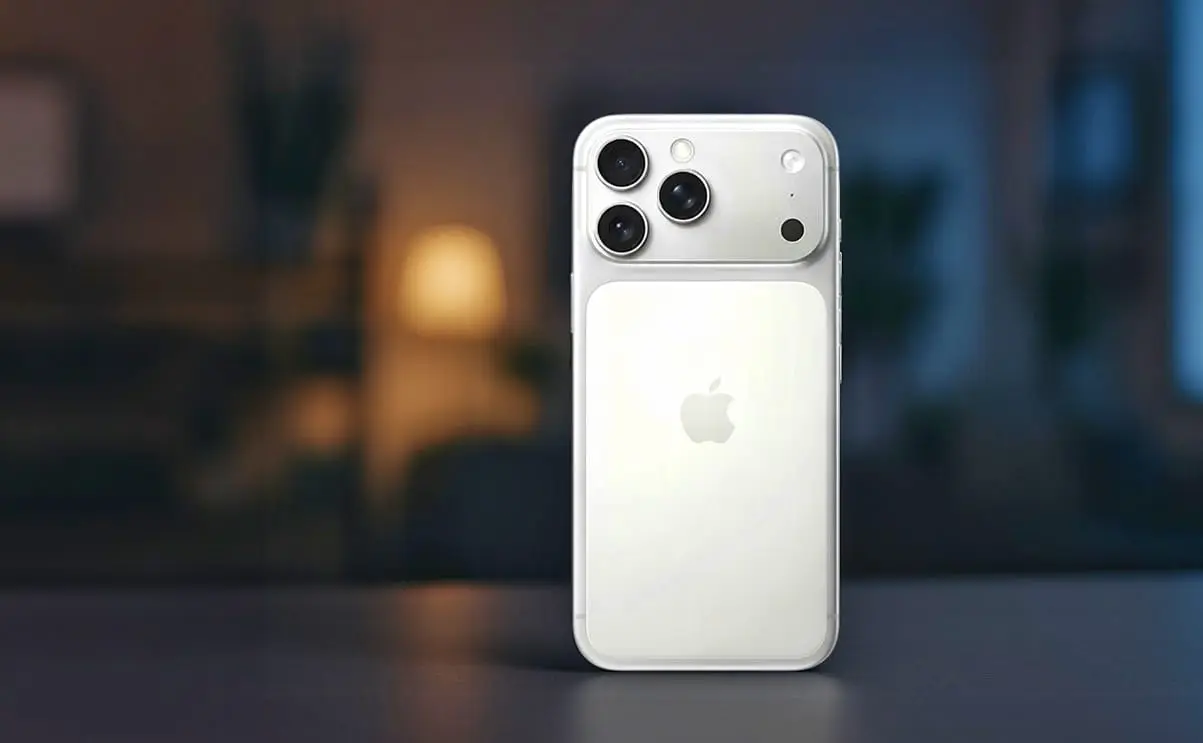
The iPhone 17 Pro Max starts at Rs. 1,49,900 for the 256GB storage variant.
The iPhone 17 series showed up with all the usual noise, and I had my expectations parked somewhere in the middle. New design for the Pro models, reworked cameras, and a chip that’s supposed to be superfast not just in bursts but for the long haul. The Pro Max also promises a bigger-battery experience, which matters in a city like Delhi where a day starts in traffic and somehow ends with late night binge. Then there’s a new iPhone Air this year as well, and I have thoughts on that, but not today. Today is about the phone I actually lived with.
I used the iPhone 17 Pro Max as my only device for three weeks. No backup phone in the other pocket, no cheats, no ‘reviewer exceptions’. Just a normal routine: calls, messages, navigation, camera tests, random gaming breaks, and a lot of video. What follows is not a spec sheet recital. It’s how the phone behaved in my hands, what I liked, what made me sigh, and what quietly turned into habit without me noticing.
DESIGN AND BUILD: The first lift tells you plenty. The phone feels like a single, cold slab of metal and glass that knows it’s premium but doesn’t need to shout about it. Apple has moved from last year’s titanium to a unibody aluminium frame. On paper that sounds like a step down. Apple claims it's the more practical call. Aluminium is a touch lighter and, more importantly, it moves heat away faster. With the new vapour chamber inside, the device stays cool even when you push it. Long BGMI sessions didn’t end with a hot corner. Instead, the warmth spread evenly, and I kept playing.
My review unit was Silver. The frame and back are matte, and that finish keeps smudges under control. I tried Deep Blue and the very filmi Cosmic Orange at a store. Both look striking, but Silver, by contrast, has that quiet, timeless vibe. Over the three weeks I treated the phone like a phone: pockets, desks, cafe tables, and dashboard that collects all the dust in the world. The glass on both sides felt tougher than older models I’ve used. Apple says the new Ceramic Shield 2 is more scratch-resistant, and my unit stayed clean through everyday scuffs. Not a laboratory test, just life.
It is a big device. The screen stretches to 6.9 inches. Thickness sits at 8.75mm. Weight lands at 233 grams. Those numbers are a hair higher than the 16 Pro Max (227 grams and 8.25mm), and yes, you will feel the size on day one. The weight is distributed well enough that you don’t get that ‘brick’ feeling in the wrist.
The Pro Max’s biggest selling point is its large screen and big battery. Anyone choosing it already knows they’re prioritising a bigger display and longer battery life over in-hand comfort. So, one-handed WhatsApp on the Metro is not possible. It’s just not graceful. If smaller phones are your comfort zone, the 17 Pro will probably fit you better. The Pro Max is unapologetically plus-sized.
The camera module has a new look. Instead of three circular islands floating in a square, Apple now uses one broad rectangular plateau across the top. Lenses are on the left, while LiDAR and flash are placed on the right. That said, this design is not new in the smartphone space. In the Android universe this look has been strolling around the neighbourhood for ages. It’s pretty exciting for Apple though, and works for them too. Apple says the longer bump creates space inside for a larger battery and improved cooling, which tracks with the thermal story. That claim lines up with how the phone behaved during my tests.
Aluminium is kinder to heat, while it’s softer than titanium or steel. A bad fall may mark the edge. If your days are chaotic and your hands are often full, better use a case. The rest of the build is classic Apple. Buttons feel precise. Haptics are good. The phone has an IP68 rating, which I did not test in a swimming pool, but it easily laughed off routine drizzle.
DISPLAY: This 6.9-inch Super Retina XDR OLED is Apple’s most immersive panel yet if not the biggest, as the 16 Pro Max also featured a 6.9-inch screen. It stretches close to the edges, so you don’t see borders, you see content. Resolution sits at 1320×2868, which works out to roughly 460 ppi. Text looks crisp and small fonts stay sharp. Fine textures in photos such as hair, fabric and tree leaves hold up when you pinch in. Colours are accurate and skin tones stay as natural as they can. HDR10 and Dolby Vision support make compatible shows look richer. Blacks are proper OLED blacks, which gives bright elements room to shine without leaking into the shadows. This is all expected territory for a top-tier panel.
The real headline is brightness. Apple quotes up to 3000 nits of peak outdoor brightness. Numbers are boring until they change behaviour. This one does. Maps, notifications, WhatsApp texts, all stayed readable under direct sun. You won’t need to cup your hand over the screen to read messages. There’s a new anti-reflective layer as well. It won’t erase every glare on the screen, but it does cut the mirror effect enough that you don’t see yourself more than your screen. Apple also tweaked outdoor contrast so photos and headlines keep their punch in harsh light.
The screen refreshes at 120Hz, and the adaptive ProMotion drops to 1Hz for static content. The benefit is simple. Scrolling and swiping feel effortless, and the always-on display doesn’t nibble at the battery with every minute. I kept AOD turned on the entire time and didn’t pay for it in panic by evening.
Stereo speakers are respectable. Podcasts in the kitchen sounded clear. YouTube voices were easy to follow. Compared to the chunkiest Android phones, the bass is a step lighter, which matters for music more than dialogue. As a video screen, though, this one is top shelf. I ended up watching an entire ODI innings on mobile data because a friend roped me in. The phone stayed bright, stayed cool enough to hold, and my eyes didn’t feel punished. That sums up the display.
PERFORMANCE: At the heart of the 17 Pro Max sits the A19 Pro chip with a 6-core CPU, 6-core GPU, and a 16-core Neural Engine. In plain words, it’s Apple’s fastest mobile chip yet. Apple claims 40 per cent faster sustained performance over the A18 Pro. The key word is ‘sustained’. It can hold peak speeds longer without throttling. I care less about benchmark screenshots and more about whether the phone flinches in the middle of a job.
My tests were simple. I edited 4K video in iMovie. I batch-edited photos. I played Genshin Impact and BGMI at max settings. No lag. Apps open in a snap and multitasking feels effortless. Games held their frame rates. A lot of that comes down to thermals. The vapour chamber seems to wick heat away from hotspots. After 50-60 minutes of gaming, the phone feels warm across the body rather than hot in one corner, which means fewer throttling spikes and smoother play. This would also help creators as long 4K60 captures won’t push the phone into the heating zone.
RAM helps too. The Pro models go up to 12GB this year. iOS has always been efficient at keeping apps in memory, and the extra headroom means you its super efficient now. The effect isn’t loud on day one. It shows up gradually when your habits pile up. You’re in Lightroom, you jump to WhatsApp, you reload BGMI, you open the camera, you check YouTube, and you return to Lightroom without your stack falling over. That’s the quiet difference between a fast phone and a fast-and-organised one.
Connectivity sees a meaningful update. Apple’s new N1 chip supports Wi-Fi 7 and Bluetooth 6. Apple claims it makes Airdrop faster and Hotspot connectivity better. These are small wins that may add convenience if the claim is true as I couldn't find ways to verify it. Base storage finally starts at 256GB and runs to 2TB. That helps.
Apple Intelligence, of course, is here. It’s not a single flashy app. It’s subtle, it’s contextual and it quietly changes how you use the phone. The new Writing Tool suggests cleaner rewrites, adjusts tone and summarises long text with a single tap. I used it to polish a quick email and it genuinely read like me.
Siri has learned context too. You can now say, “Remind me about this when I reach office,” right after reading the mail, and it knows which mail you mean. The new Smart Reply in Mail reads the questions someone asked you and drafts responses with the right details already filled in. I tested it, and it worked well. Focus Mode has also evolved into Reduce Interruptions mode. Instead of muting everything, it surfaces only important alerts in notifications. Live Translation has also improved.
Inside Photos, the new Clean Up tool works beautifully. I removed a random bottle from a cafe shot with one tap, and it looked natural, and not like a blurred AI patch. Image Playground and Genmoji add a playful side. you can turn ideas into small sketches, stickers, or custom emojis of friends, all right from Messages or Notes. None of it screams for attention, but you start using it simply because it’s there.
CAMERA: The camera system changes in two important ways. First, all three rear cameras use 48MP sensors this year: Main, Ultra-Wide, and Telephoto. Second, the Telephoto is now a periscope design with up to 8X optical reach. The megapixel bump isn’t magic on its own, but it gives Apple more data to work with, especially in low light and high-contrast scenes.
The 48MP Main camera is great in bright daylight and steady indoors. Colours lean natural, which makes faces feel like faces. Skies retain texture and shadows keep their shape so dark hair or black clothing doesn’t congeal into a blob. Portraits are cleaner around fine edges as curls, beards, the edge of a pair of glasses get the accuracy you desire. Dynamic range is genuinely impressive. High-contrast scenes are handled with nuance. Deep shadows retain detail while highlights don't blow out aggressively. The HDR blends multiple exposures seamlessly in most cases. You'll notice this particularly in backlit portraits or sunset landscapes where detail holds in both bright skies and darker foreground elements.
The Ultra-Wide finally graduates from ‘handy’ to ‘useful’ because the corners hold better detail. Architecture, cafes, hotel lobbies, museum corridors and other scenes with lines and grids look straighter and more believable. Close-focus still kicks in when you move near a subject, and the results are crisp enough for flowers, little toys or food plating without fighting the focus.If you shoot architecture or travel spaces, this is a solid upgrade.
The headline feature is the 8X optical zoom. On paper that’s roughly a 200mm equivalent, which moves you into a very different framing style. In good light I took hand-held 8X shots. I was happy. Not all of them were great, not all the time, but more than I expected from a phone. The optical stabilisation at this reach matters. It keeps you from drifting and gives the sensor a fair chance to capture detail.
At 8X backgrounds compress beautifully behind your subject. Distant buildings stack together and trees in the background blur into painterly bokeh. You can capture genuine candid moments from a distance without intruding into your subject's space. I photographed people at a park, children playing in a fountain, elderly couples on park benches – all from 15-20 meters away.
The images were clear and crisp with natural expressions. The reach eliminates self-consciousness that occurs when someone notices a camera pointed their way. I captured squirrels in trees and ducks in ponds. The detail retention at 8X when light is adequate genuinely surprised me. Feather texture, eye sharpness and colours, all are captured beautifully. Apple's autofocus locks quickly and tracks moving subjects with reasonable accuracy. It's not perfect. Fast-moving subjects occasionally cause hunting, but for most real-world scenarios, the AF performs accurately. I tracked joggers and cars with decent success rates.
Night mode has improved incrementally over the previous generation, and the iPhone 17 Pro Max handles evening street photography and indoor scenes with commendable competence. The 8X telephoto in low light requires particular care. Light gathering becomes challenging at distance with smaller aperture, and I found dropping to 5X or 6X in evening conditions produced markedly better results.
The front camera steps up to 18MP. The neat trick is the way it widens automatically when friends step into frame. You don’t need to rotate the phone or do the awkward shoulder squeeze. Low light selfies are still happier with some ambient glow.
Video remains Apple’s comfort zone. You get 4K at 60 frames per second across all rear cameras, and Dolby Vision HDR keeps highlights in check. I shot a few walk-and-talk clips, and exposure stayed calm when I moved from shade into sun. Cinematic Mode now does 4K and switches focus more confidently. If you live in pro tools, there’s ProRes RAW and a new Log 2 profile. I tried them for two short clips, appreciated the grading headroom, and went back to standard 4K because it’s not my territory.
BATTERY: Apple quotes up to 37 hours of video playback. The unofficially reported capacity is around 5080 mAh. Numbers aside, what matters is whether the phone makes you watch the percentage bar. Over three weeks I genuinely stopped thinking about it. My typical day had opening maps, constant chat, camera tests, music, and some gaming. I played eFootball 2025 daily for 50-60 minutes daily, and I’d end the night above comfort level and get through the next morning until lunch before reaching for a charger.
The standby drain at night stayed low enough that I didn’t bother with a top-up before leaving home. The always-on display stayed on the whole time. Also, iOS 26’s background behaviour feels stricter, which helps when you hop across apps all day. The better thermals help too.
Charging peaks at up to 40W over a proper USB-C PD brick. The phone climbs from near-zero to roughly half in 22-23 minutes. It won’t match the fastest Android numbers, but it is fast enough to be useful.
Wireless charging remains steady, not headline-grabbing, and that’s fine on a device that already clears a full day. Battery is the area where the Pro Max earns its “Max” badge without asterisks. It is not immortal, but it is very, very dependable.
VERDICT: Should You Buy the iPhone 17 Pro Max?
The iPhone 17 Pro Max starts at Rs. 1,49,900 for the 256GB storage variant. That’s Rs. 5,000 higher than last year, and it sits squarely in India’s premium lane. The question is not whether it’s expensive. It is. The question is whether the improvements land where daily life happens.
If you’re on an iPhone 14 Pro/Pro Max or older, or you’re crossing from Android because you want the best of Apple, the 17 Pro Max is for you. The aluminium frame and vapour chamber keep performance stable when you push it. The new CPU, of course, delivers maximum speed. The display is large, bright, and legible in brutal sun. The camera system is more consistent across lenses and offers a real 8X option in good light. The battery power has also got a bump.
None of this would scream on day one. All of it quietly proves itself by day ten, and you’ll feel it
If you already own a 16 Pro Max, the answer depends on your use, not your fear of missing out. Heavy gamers and mobile creators will notice the steadier thermals and the flatter frame-rate graph. People who shoot more often will use the 8X and actually get a shot they couldn’t frame last year. Everyone else can stay put for another cycle and miss very little.
That said, the phone is unapologetically large, and charging speeds are good rather than class-leading. Those are trade-offs, not deal-breakers. If you want small and light above all else, or you’re already on a 16 Pro Max and don’t need 8X, waiting for next year is the sensible choice. Either way, this is the most confident Pro Max Apple has shipped in a while.
Trending Videos
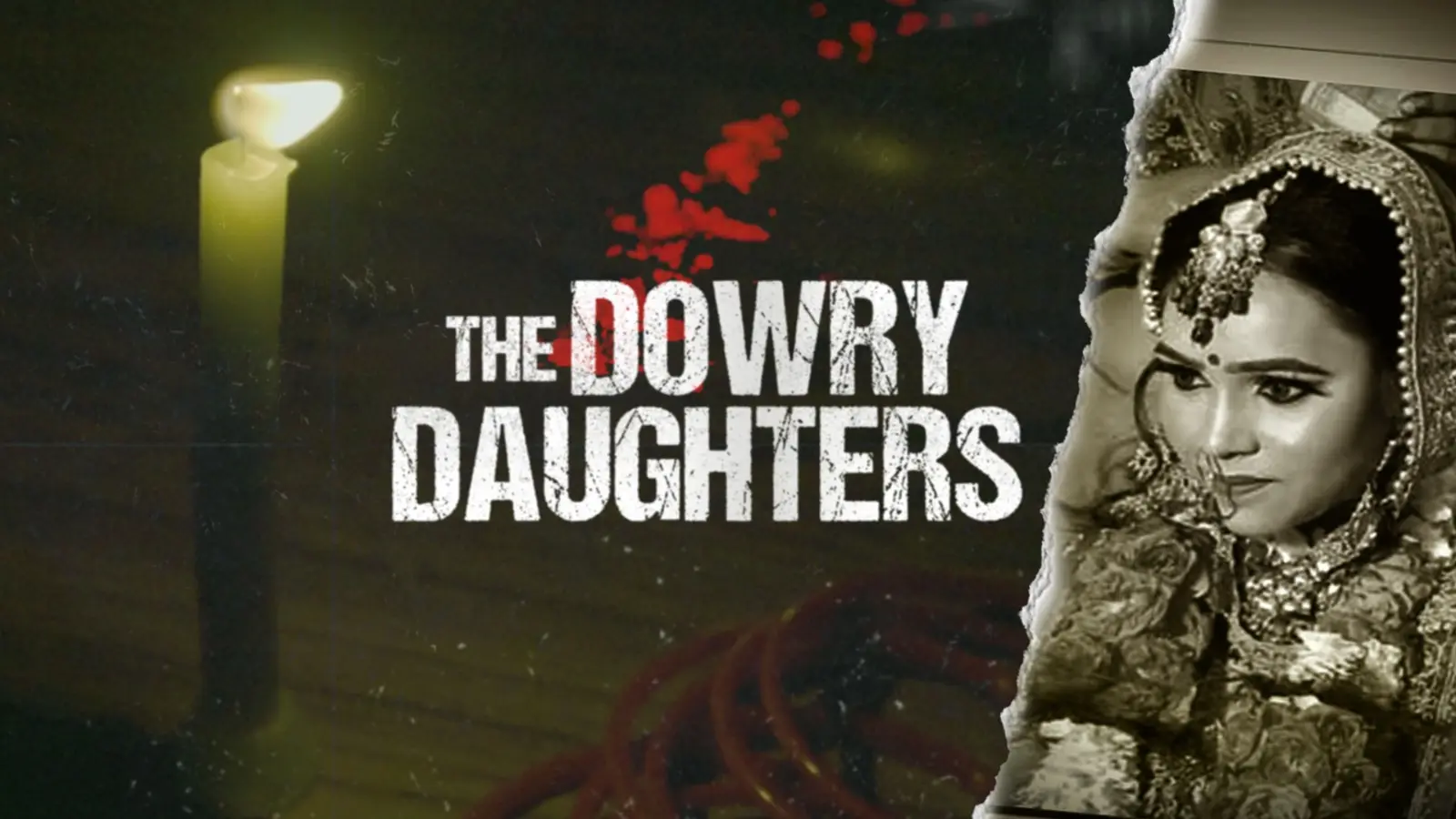
What's REALLY behind India's Dowry Problem?
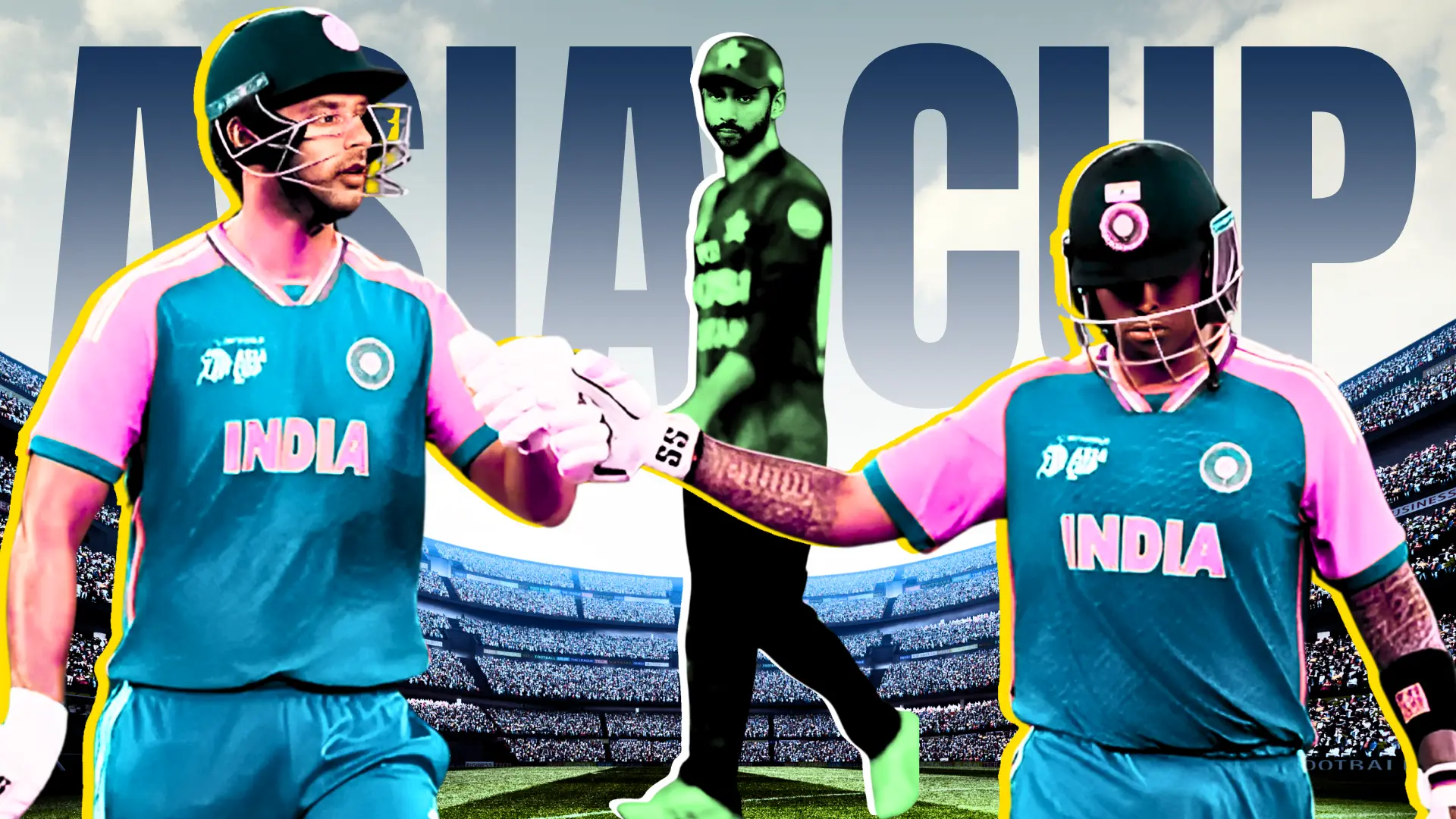
Asia Cup 2025: Why Pakistan can’t win anymore

Adda | Gemini AI EXPOSED! Are AI Photos a Big Lie?
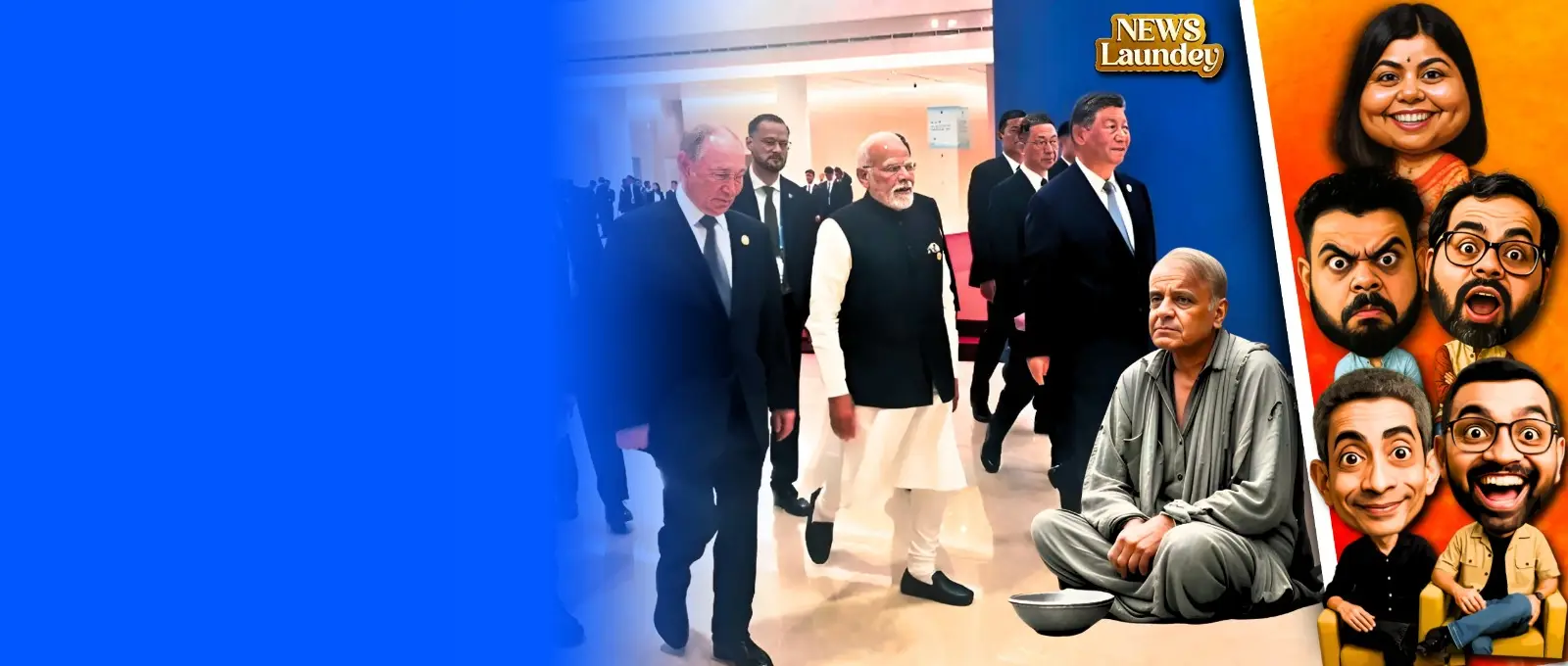
Bhikhari Pakistan’s Cup of Shame

Rana Daggubati Interview: Rana Returns, Scandals Get Wilder

Babil Khan Reacts to Viral Influencer Memes

Aligarh Saas-Damaad Saga

Haryana’s Missing Brides, Rising Bachelors

India’s Greenest Building Marvel
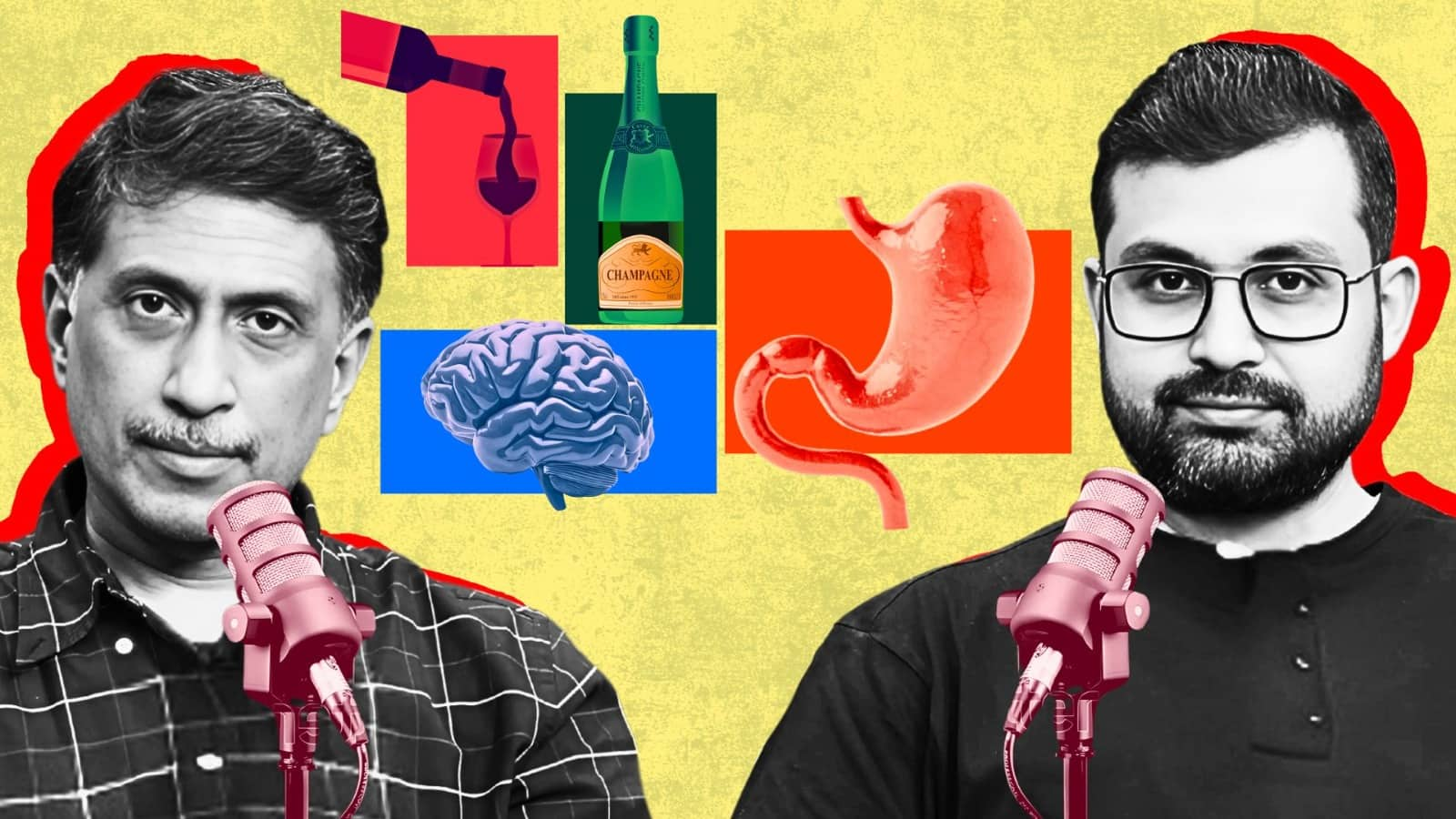
Inside the Gut-Brain Connection

Fukra Insaan Interview on Bigg Boss, Munawar & His Upcoming Projects


